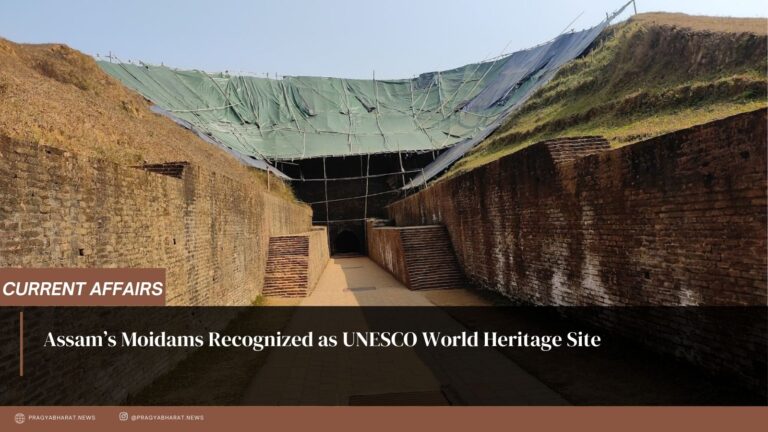A study conducted by IIT-Bombay highlights a sharp increase in soil erosion rates across the Western Ghats Regions (WGR), posing significant threats to biodiversity and water quality. Factors such as climate change and unsustainable land use practices contribute to the concerning trend.
Researchers at the Indian Institute of Technology Bombay (IIT-Bombay) have raised alarms about the Western Ghats Regions’ (WGR) rapidly increasing rates of soil erosion in a recent study. Using information from rainfall records, LANDSAT-8 photos, and other sources, the study examined soil erosion throughout this ecologically critical region between 1990 and 2020.
The study’s key findings present a worrisome picture, with sections of Gujarat’s and Tamil Nadu’s Western Ghats seeing an astounding increase in soil erosion of 119% and 121%, respectively. The total increase in erosion rate over the whole Western Ghats ranged to 94%. Kerala had relatively lower levels of soil loss than Maharashtra, which had the largest absolute loss in 2020 at 79 tons per hectare annually.
The growing erosivity factor of rainfall, steep slopes, high precipitation levels, climate change, and unsustainable land use practices like the growth of tea and coffee plantations are some of the causes identified by the study as contributing to the spike in soil erosion. Soil erosion in the Western Ghats has far-reaching consequences, posing substantial challenges to biodiversity, agricultural productivity, and water quality across the region. Given its status as a UNESCO World Heritage Site and one of Earth’s 36 biodiversity hotspots, the Western Ghats are of tremendous ecological significance. It is well known for its tropical evergreen forests that are not equatorial and for acting as a crucial shield against clouds that are moving eastward during the monsoon.
Many protective measures have been suggested and put into place in reaction to these concerning findings. The job of evaluating the ecological condition of the Western Ghats has fallen to committees like the Gadgil Committee and the Dr. K. Kasturirangan Committee. The Ministry of Environment, Forests, and Climate Change also monitors conservation activities in the region through the Western Ghats Natural Heritage Management Committee. To further preserve the biodiversity of the Western Ghats, a number of protected areas, such as National Parks, Wildlife Sanctuaries, and Tiger Reserves, have been established.
The 1,600-kilometer-long Western Ghats, which are located in six states in India (Gujarat, Maharashtra, Goa, Karnataka, Kerala, and Tamil Nadu), are an essential ecological lifeblood for the subcontinent. Action must be taken quickly to protect this priceless natural legacy for future generations because soil erosion is a serious concern.






















+ There are no comments
Add yours